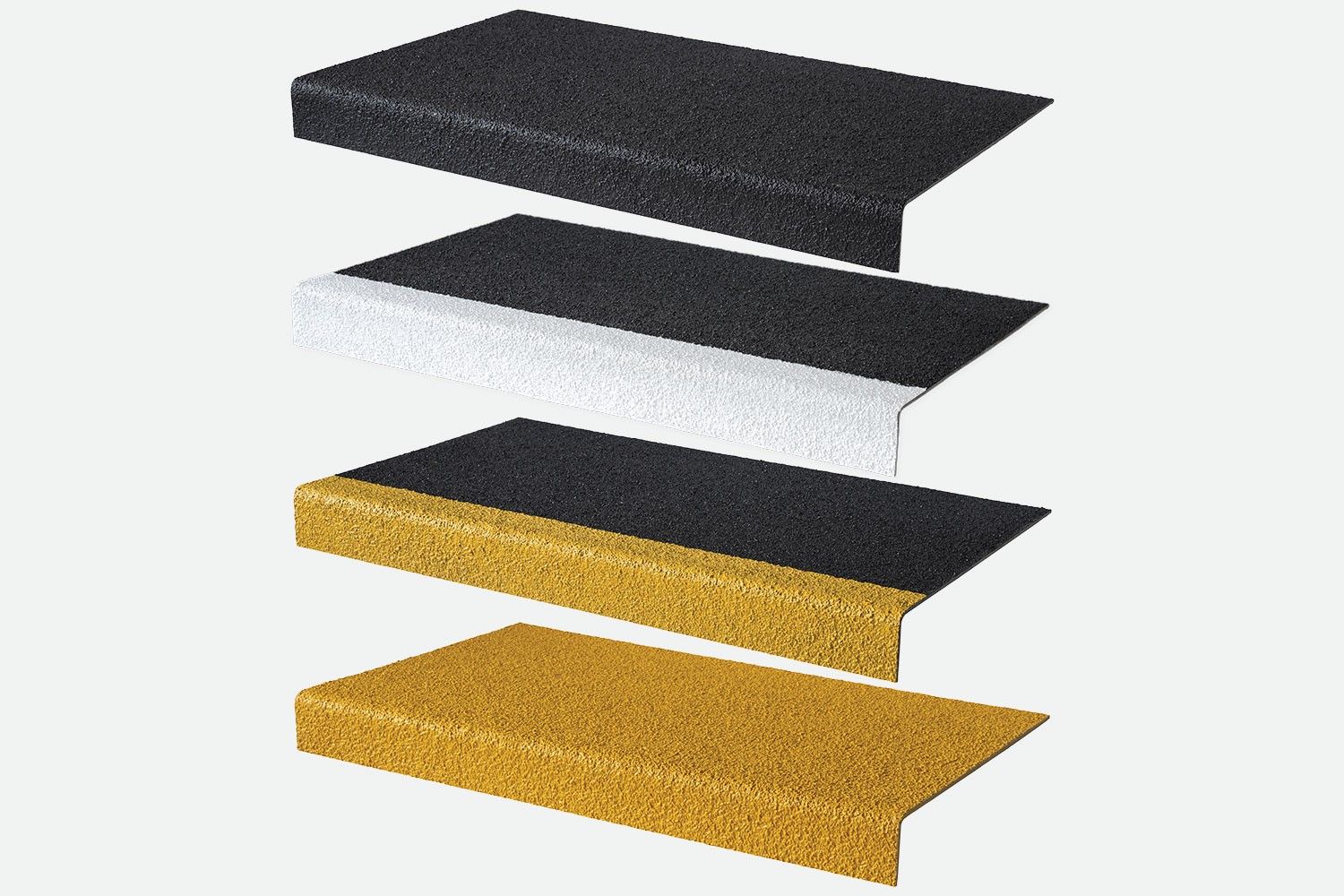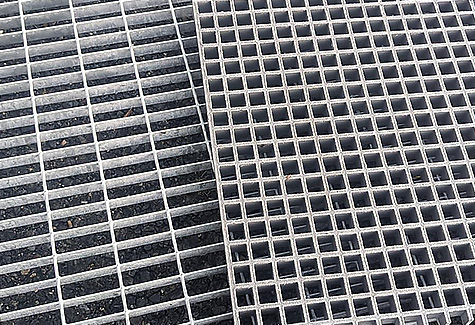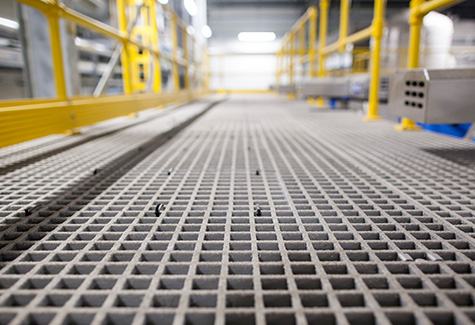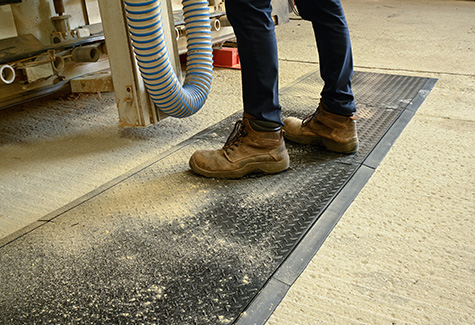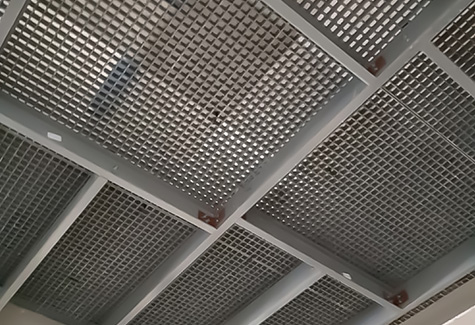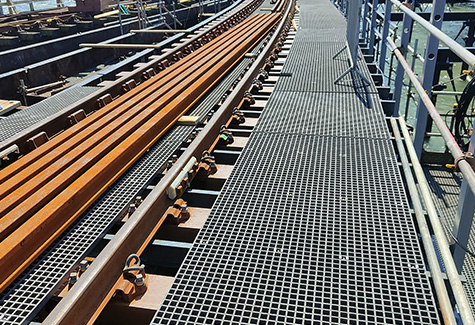When it comes to staircases, selecting the right stair treads is vital. Among the diverse materials available, stair treads are gaining recognition for their exceptional combination of durability and safety. This blog explores the pros and cons of using GRP stair treads, considering factors like corrosion resistance, slip resistance, ease of maintenance, lightweight construction, and customisation options. By delving into these aspects, you can make an informed decision for your project, whether it's a bustling industrial setting or a design-conscious commercial space.
The Pros
- Durability and corrosion resistance: One of the standout advantages of GRP stair treads is their impressive durability, making them capable of withstanding even the most challenging conditions, such as heavy foot traffic and corrosive environments. GRP is corrosion resistant and is an excellent choice for any internal or external environment whether the area is exposed to any moisture or chemicals or where there is high foot traffic our stair treads will withstand the harshest of environments.
- Safety and slip resistance: Safety is paramount when it comes to staircases. Our GRP stair treads are a great way to enhance safety, even in wet conditions, unlike steel, which can become hazardous when wet. The Anti-slip gritted finish offers high slip resistance in any environment to reduce the risk of slips, trips and falls.
- Low maintenance and cost savings: GRP requires minimal maintenance. They are easy to clean and do not require painting or sealing, reducing long-term maintenance costs.
- Lightweight Construction: GRP is lightweight, making it easier to handle during installation. This can save on labour and transportation costs. Additionally, the structural integrity of GRP remains uncompromised despite its lightweight properties.
- Customisation: GRP stair treads can be customised to fit the specific dimensions, colours and design requirements of your staircase. GRP's flexibility allows you to match the treads with your environment’s aesthetic and functional requirements. At Blue Diamond we have an inhouse cutting team meaning we can make treads to any size that you require.
The Cons:
- Initial cost: The upfront cost of GRP stair treads can sometimes be higher than other materials like wood or concrete. However, the benefits of durability, low maintenance, safety features, and long-term cost savings outweigh the initial investment. Over time, the lower maintenance and extended lifespan of GRP stair treads can result in significant financial advantages, making them a cost-effective choice. If GRP stair treads don’t fit your budget, our anti-slip tapes offer a perfect alternative. Our durable self-adhesive Diamond Grip anti-slip tape is great for medium to high traffic areas. Along with possessing excellent grip levels, the safety-grip is waterproof, can sustain most chemicals and, can be used inside or out for added protection on steps or walkways. The only downside is that tape doesn’t last as long as stair treads.
- Appearance: Even though GRP stair treads come in an array of colours, some users may prefer the natural look of wood or the industrial look of steel over the appearance of GRP.
In summary, GRP stair treads offer durability, safety, and low maintenance, making them a suitable choice for many applications. Why not get in touch with the team today to discuss your specific requirements.


